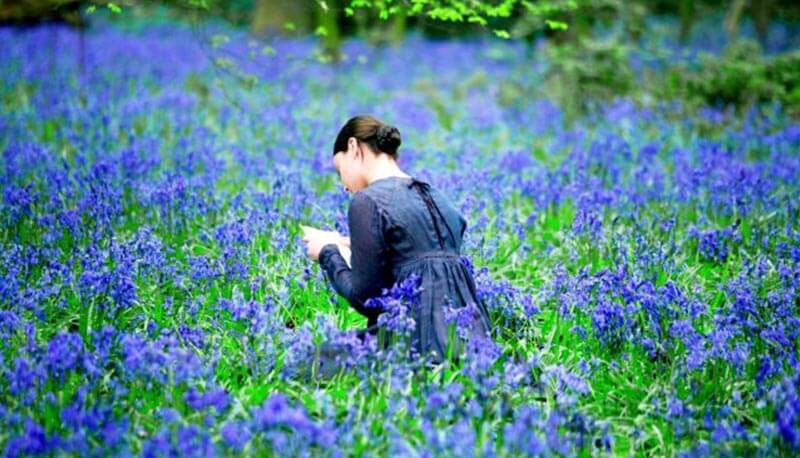Concetti Chiave
- 'Bright Star' is an irregular Shakespearean sonnet with a unique rhyme scheme deviating in line 11: ABAB CDCD EFGF HH.
- The poem's turning point is in line 9, where Keats expresses his longing for eternal presence like a star, shifting focus to his lover.
- Keats uses natural imagery, likening the star to a 'patient, sleepless hermit', to convey the poet's desire for constancy and contemplation.
- The final couplet presents a paradox, suggesting the poet's readiness to embrace death if he cannot be with his lover, merging themes of life and death.
- Figurative language enriches the poem, personifying the star and using similes and metaphors to illustrate hidden truths and emotions.
Analisi del sonetto
'Bright Star' is an irregular Shakespearean sonnet, whose rhyme scheme varies in line 11 and reads as follows: ABAB CDCD EFGF HH.
The turning point is in line 9, the poet reveals his deep emotions through the use of the word 'still' which will be repeated in the last lines to reinforce the idea of the poet's intense desire.
Apparently the poet addresses a bright star and he wishes he were as eternal as it is. If he were a star, he could see, like a patient, sleepless hermit, the waters and the snow covering the earth (see lines 3 to 5 and 8).
Keats uses natural phenomena to describe his feelings. In lines 9 and 10, it becomes clear that the poet's intention is not to contemplate nature but his lover. He describes being with his lover and what he feels when he is with her without the troubles of life.
Paradosso finale
The final couplet contains a paradox, the poet states that if he cannot hear his lover breathe, he will welcome his own death.
Life and death are united and the apparently absurd statement, if well interpreted, reveals to us the poet's true feelings.
The language is figurative; the star is personified
in line 3 through the use of the verb 'watching' and the expression 'with eternal lids apart'; in line 4 there is a simile, the star is like a patient, sleepless hermit. 







 Accedi a tutti gli appunti
Accedi a tutti gli appunti
 Tutor AI: studia meglio e in meno tempo
Tutor AI: studia meglio e in meno tempo